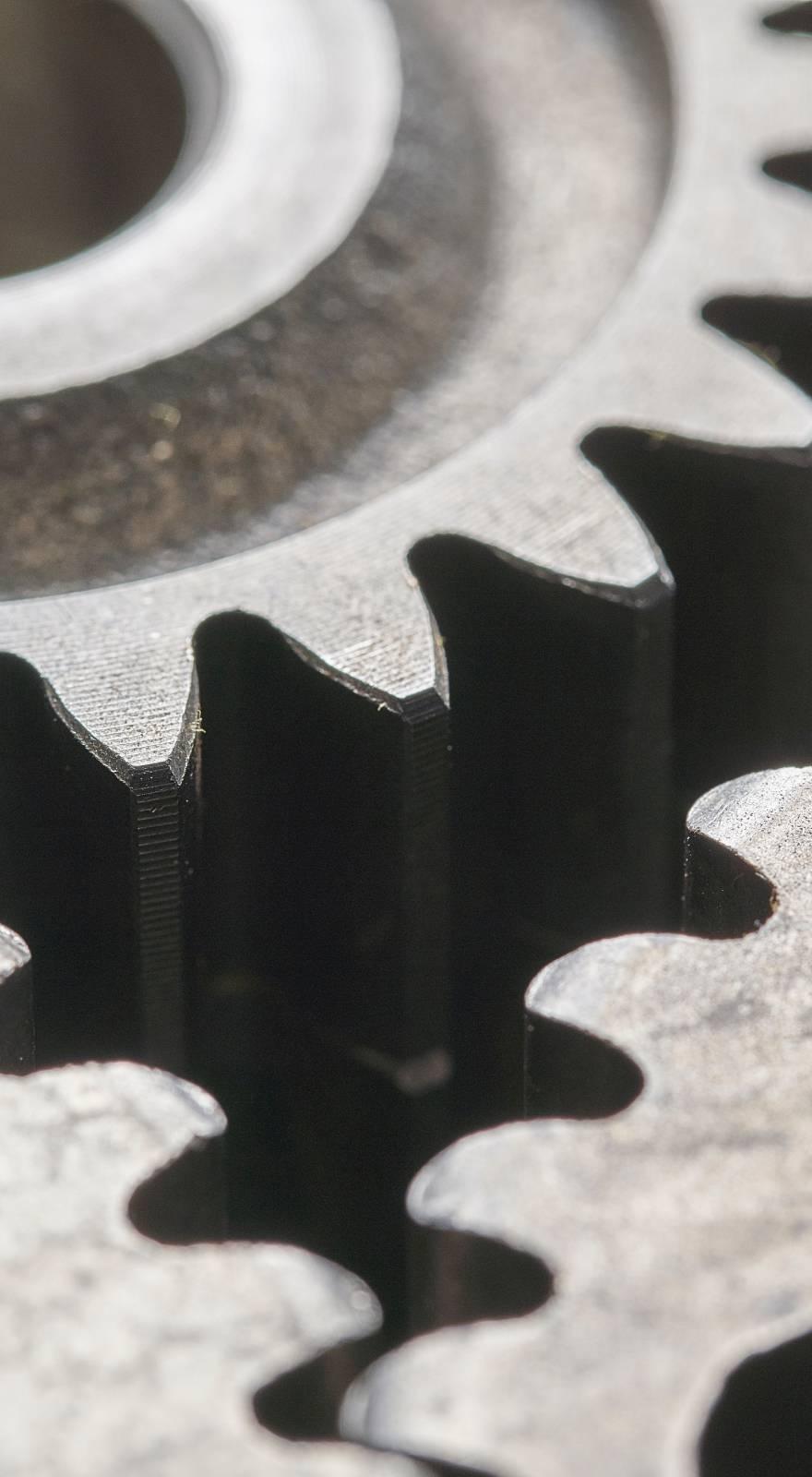Knowde Enhanced TDS
Identification & Functionality
- Polymer Name
- Technologies
- Product Families
Features & Benefits
- Materials Features
- Main Characteristics
Copolymers offer better abrasion resistance and chemical / thermal properties. Homopolymers, being more crystalline, exhibit greater mechanical resistance and superior hardness.
- Good electric insulation and dielectric characteristics.
- Low humidity absorption and availability of FDA compliant variants.
- Excellent dimensional stability and easy machining.
- Excellent mechanical resistance and rigidity.
- High toughness
- Good machinability
- High strength
- Resistant against cleaning agents
- Good slide and wear resistance
Applications & Uses
- Applications
- Composites End Use
- Plastics & Elastomers End Uses
- Industry Applications
- Medical technology
- Food engineering
- Electrical engineering
- Automotive industry
- Mechanical engineering
Properties
- Flame Rating
- Mechanical Properties
- Thermal Properties
- Typical Properties
- Electrical Properties
- Miscellaneous Properties
| Value | Units | Test Method / Conditions | |
| Modulus of Elasticity (1 mm/min) | 2800.0 | MPa | DIN EN ISO 527-2 |
| Tensile strength (50 mm/min) | 67.0 | MPa | DIN EN ISO 527-2 |
| Tensile Strength at Yield (50 mm/min) | 67.0 | MPa | DIN EN ISO 527-2 |
| Elongation At Yield (50 mm/min) | 9.0 | % | DIN EN ISO 527-2 |
| Elongation at Break (50 mm/min) | 32.0 | % | DIN EN ISO 527-2 |
| Flexural Strength (2 mm/min , 10 N) | 91.0 | MPa | DIN EN ISO 178 |
| Modulus Of Elasticity (Flex Test, 2 mm/min , 10 N) | 2600.0 | MPa | DIN EN ISO 178 |
| Compression Strength (1%, 5 mm/min , 10 N) | 20.0 | MPa | EN ISO 604 |
| Compression Strength (2%, 5 mm/min , 10 N) | 35.0 | MPa | EN ISO 604 |
| Compression Modulus (5 mm/min , 10 N) | 2300.0 | MPa | EN ISO 604 |
| Impact Strength (Charpy, max. 7.5j) | No break | Kj/m² | DIN EN ISO 179-1EU |
| Ball Indentation Hardness | 165.0 | MPa | ISO 2039-1 |
| Value | Units | Test Method / Conditions | |
| Glass Transition Temperature | -60.0 | ºC | DIN 53765 |
| Melting Temperature | 166.0 | ºC | DIN 53765 |
| Service Temperature (Short term) | 140.0 | ºC | — |
| Service Temperature (Long term) | 100.0 | ºC | — |
| Thermal Expansion (23 - 60 ºC long) | 13.0 | 10⁻⁵ K⁻¹ | DIN EN ISO 11359-1;2 |
| Thermal Expansion (23 - 100ºC long) | 14.0 | 10⁻⁵ K⁻¹ | DIN EN ISO 11359-1;2 |
| Specific Heat | 1.4 | J/(g+K) | ISO 22007-4:2008 |
| Thermal Conductivity | 0.39 | W/(K+m) | ISO 22007-4:2008 |
| Value | Units | Test Method / Conditions | |
| Density | 1.41 | g/cm³ | — |
| Value | Units | Test Method / Conditions | |
| Surface Resistance | 10¹⁴ | Ω | DIN IEC 60093 |
| Value | Units | Test Method / Conditions | |
| Water Absorption (24h, 23ºC) | 0.05 | % | DIN EN ISO 62 |
| Water Absorption (96h, 23ºC) | 0.1 | % | DIN EN ISO 62 |
| Resistance To Hot Mater / Bases | (+) | — | — |
| Flammability (UL94) | HB | — | DIN IEC 60995-11-10 |
Regulatory & Compliance
Packaging & Availability
- Availability
Bars, tubes and plates.

